I spent Thursday at the NYS English Council Conference in Albany, giving presentations on historical fiction and revision, chatting with other writers on a children’s literature panel, and signing copies of Spitfire and Champlain and the Silent One. The fabulous Merritt Bookstore handled book sales for the conference & took terrific care of the authors – Thanks, Scott & Alison!
When I first arrived, Scott sent me to pick up my paperwork, including this name tag that helped me to introduce myself to the teachers.
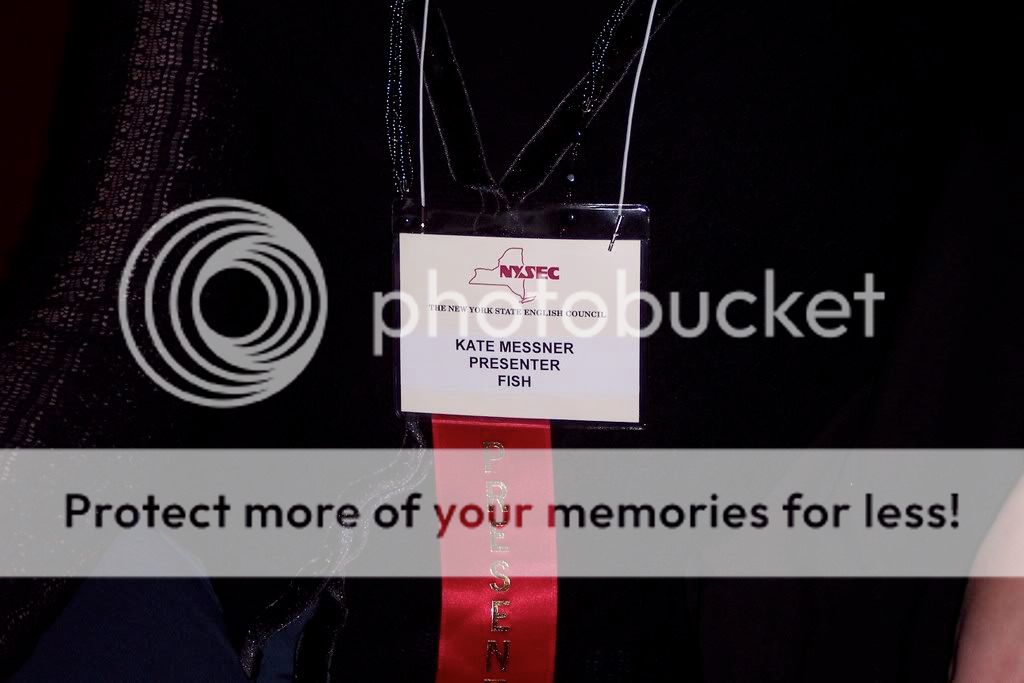
Hello, I’m Kate Messner. I’m a presenter and…er….a fish.
There were apparently two stickers printed out for each presenter – one with his or her name and the word presenter. That one was supposed to go on the name tag. The second sticker, which also included the speaker’s choice of dinner entrees, went on the envelope with the meal ticket, but apparently my stickers got switched, which amused me to no end. It could have been worse, though, as one of my colleagues pointed out. What if I had ordered the chicken? Or the ham?
After a morning of book signing, I gave two workshops.
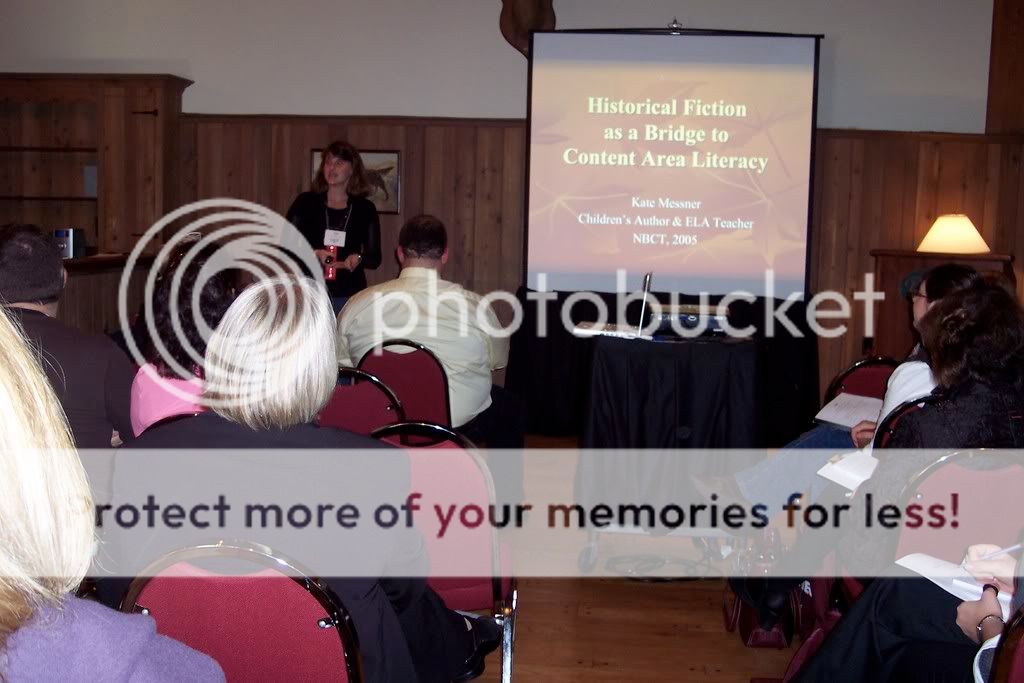
At this one, we talked about recently released historical novels like Laurie Halse Anderson’s Chains, a National Book Award Finalist, and ideas for using historical fiction in the classroom. Teachers were excited to learn about some upcoming 2009 releases in historical fiction, too. My second presentation, Walking the Walk: How Teacher-Writers Encourage Student Revision led to some great conversations about how we choose to model what we teach and how sometimes that means taking risks.
The afternoon panel discussion with fellow children’s writers & illustrators was fun for me, too. I was on a panel with talented people like Ann Burg, Jack Rightmyer, James Ransome and Will Moses. The teacher-writers who came to fire questions at us were enthusiastic and thoughtful, and no matter how long I write, it’s always fascinating for me to hear about other people’s processes.
I’m reveling in a pile of new books tonight and have already dipped into a couple of them. I’m loving Jack Rightmyer’s A Funny Thing About Teaching, a must-read for anyone who values a sense of humor in the classroom. I’m also devouring an early copy of Ann Burg’s April 2009 novel-in-verse with Scholastic, called All the Broken Pieces, which tells an incredibly moving story set in the aftermath of the Vietnam War. Readers who know my blog know that I never shut up about books that I love, so rest assured I’ll be posting a full review of this one when we get closer to its release date. For now, though…just….wow. Ann sat next to me at the bookstore tables, where she signed copies of her beautiful picture books with Sleeping Bear Press, and is not only an incredible writer but a kind, friendly, funny person, too.
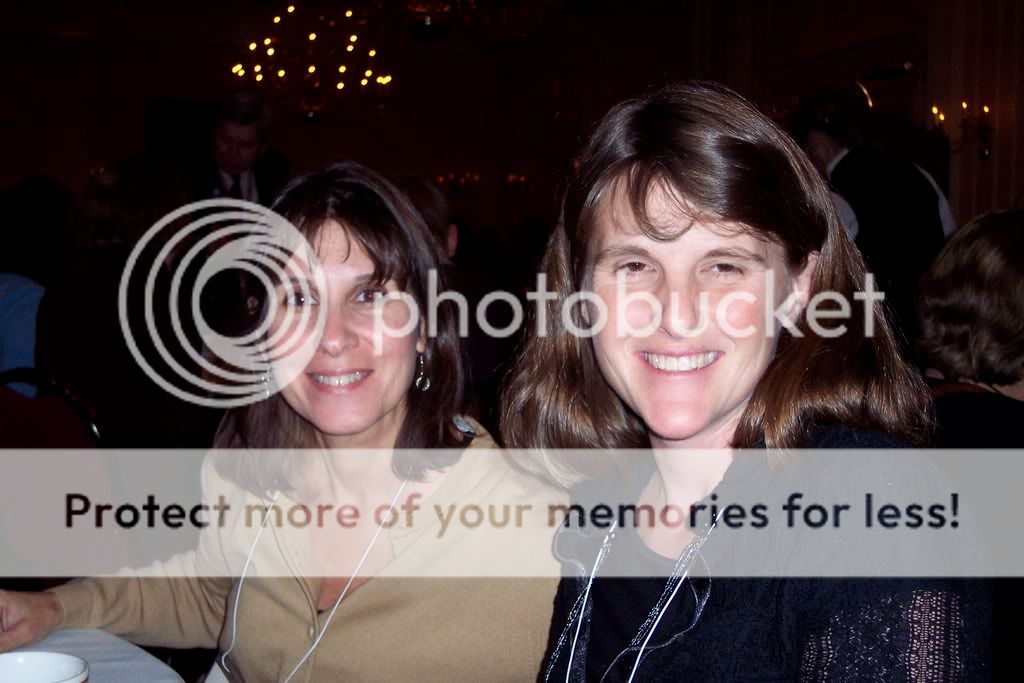
Here we are at dinner…That’s Ann on the left and me on the right, looking even sleepier than I felt after a day that started at 5:30am.
If you were at the conference and stopped by to say hello at the book signing or panel discussion or one of my workshops – thanks. It was truly an inspiration to spend the day with people who are so passionate about reading and writing with kids.





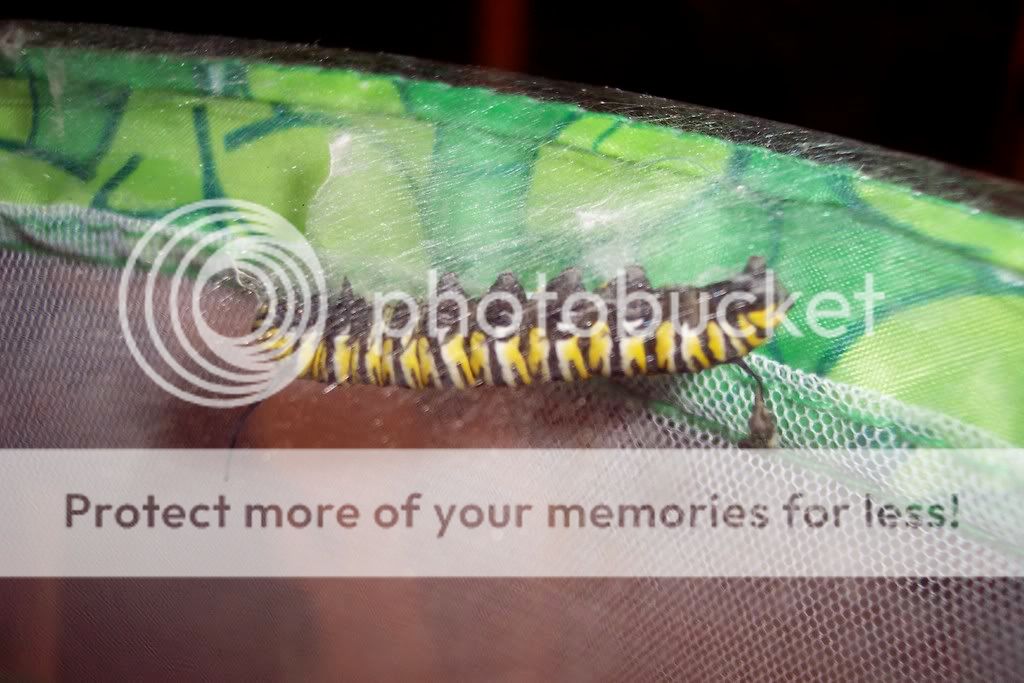
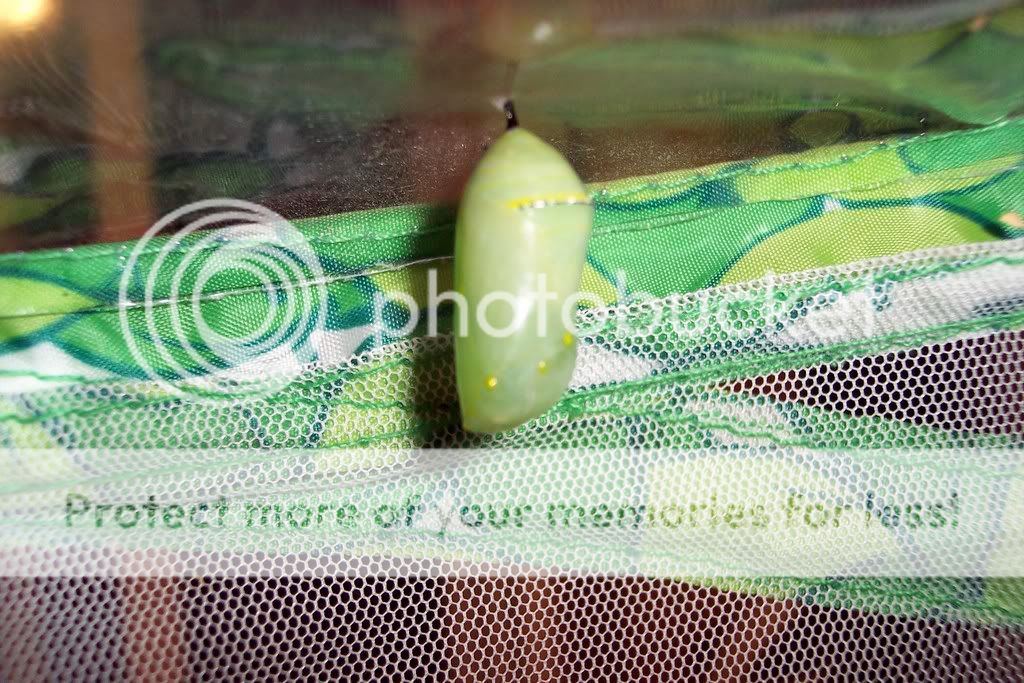

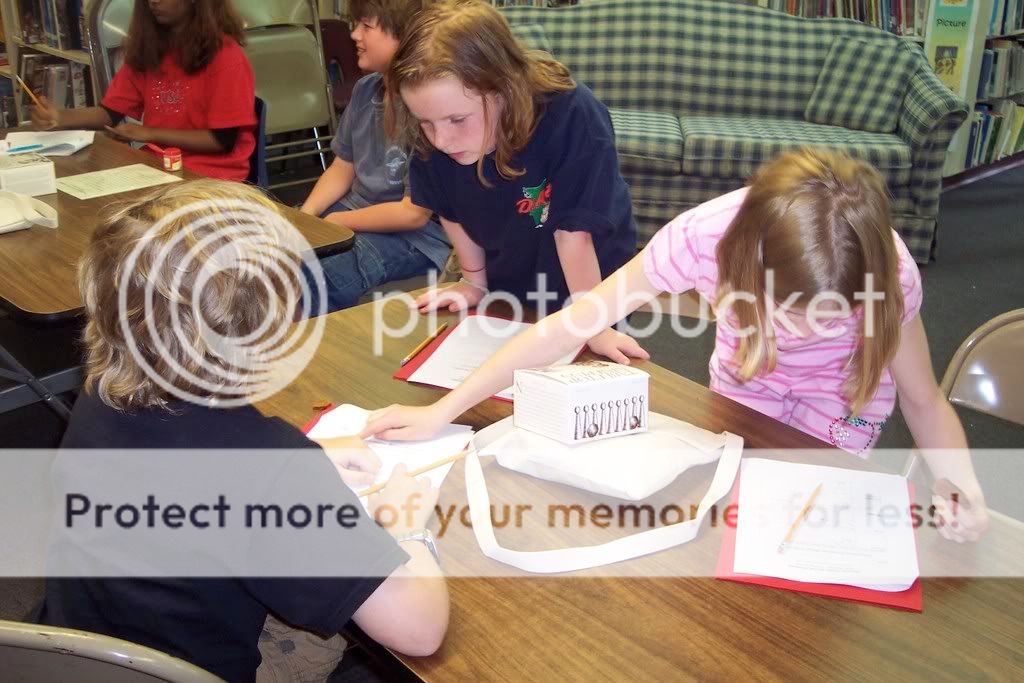
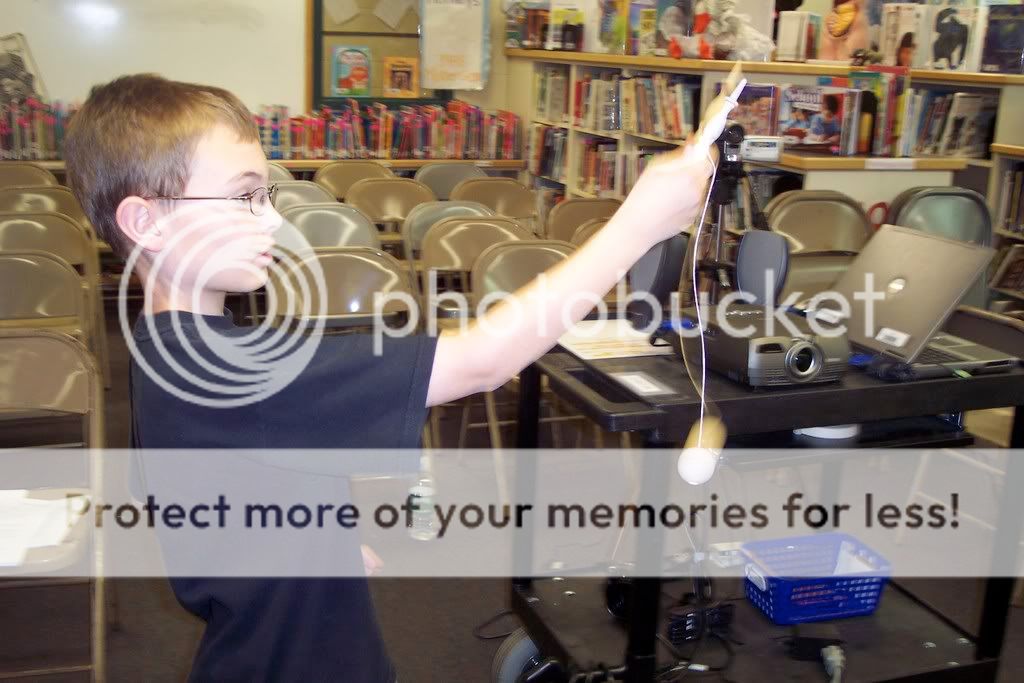
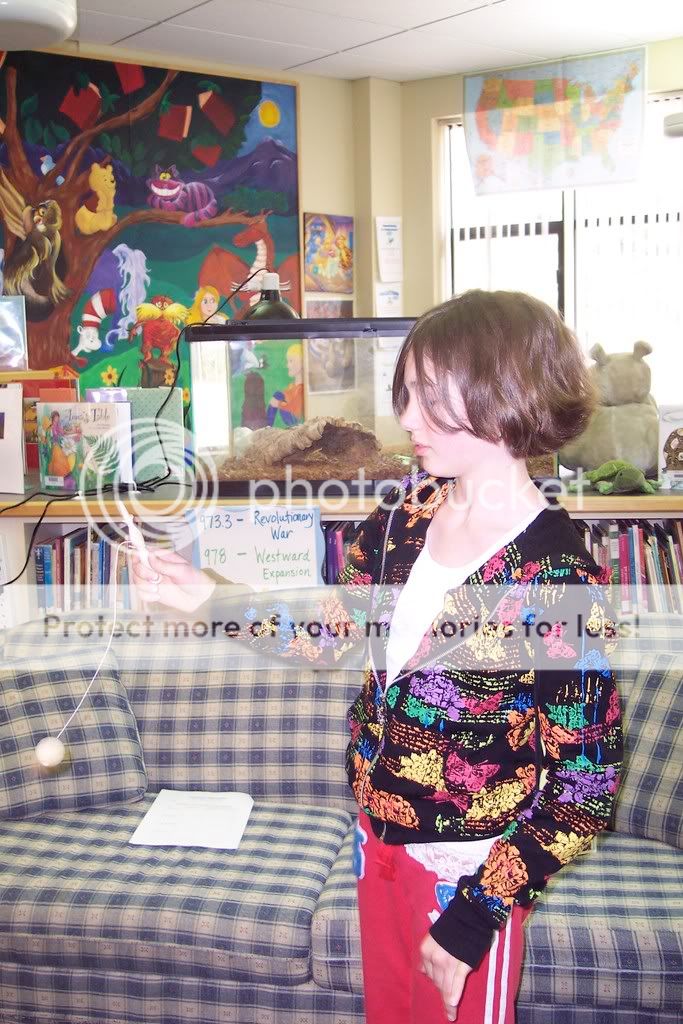
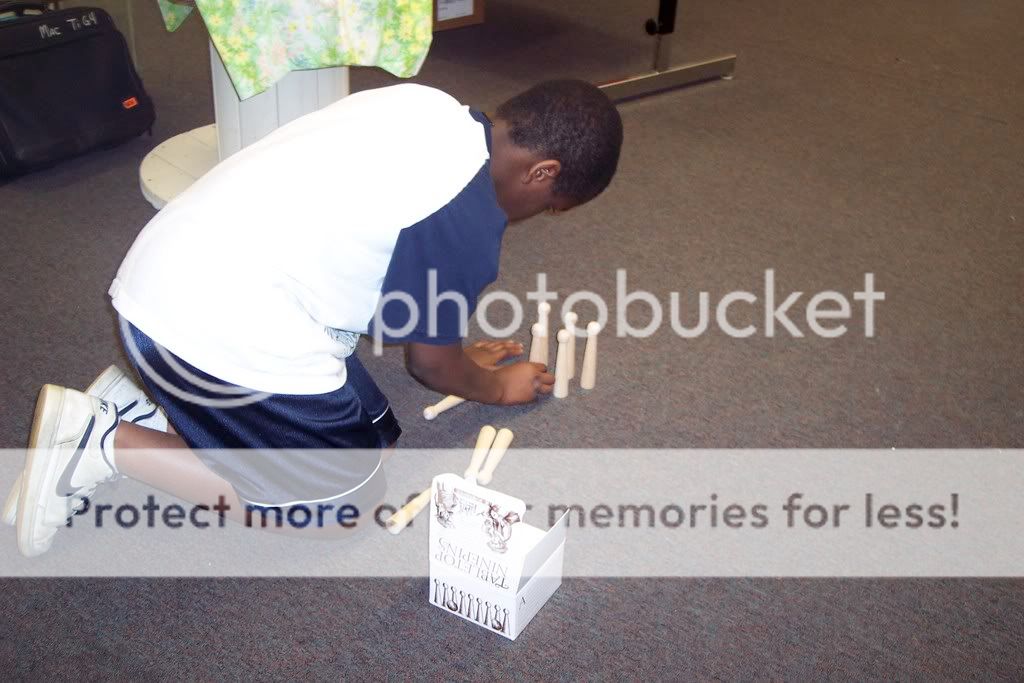
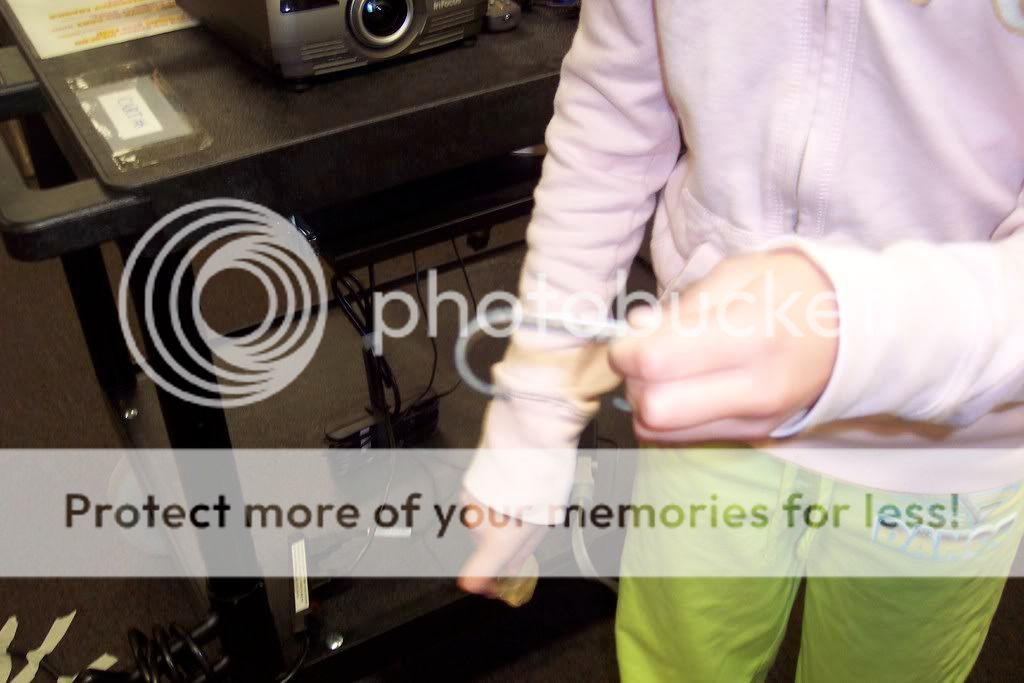
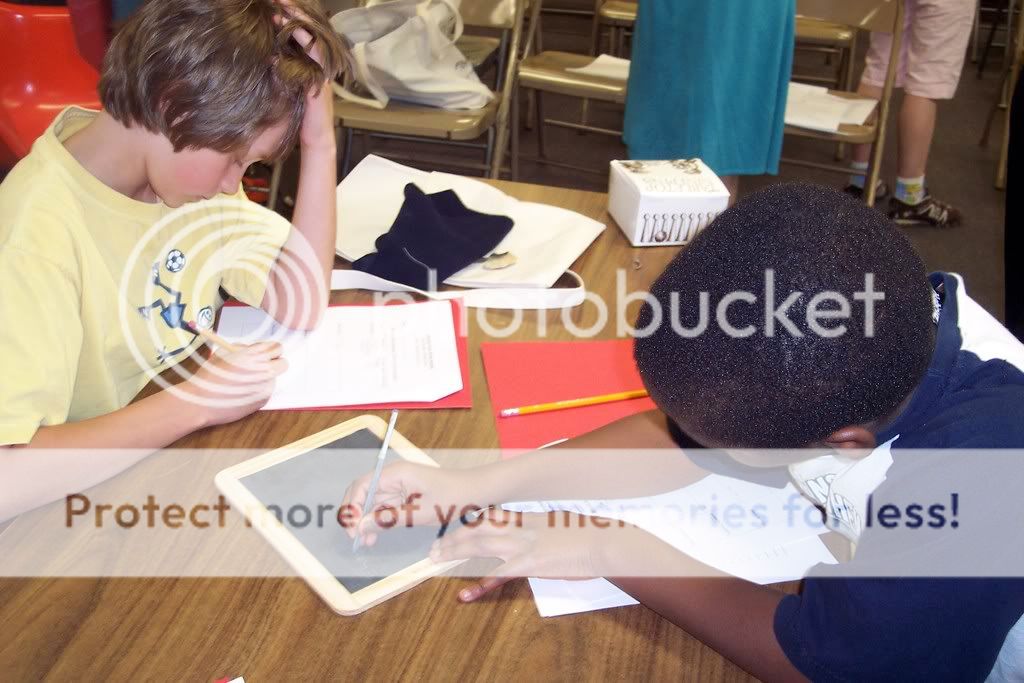
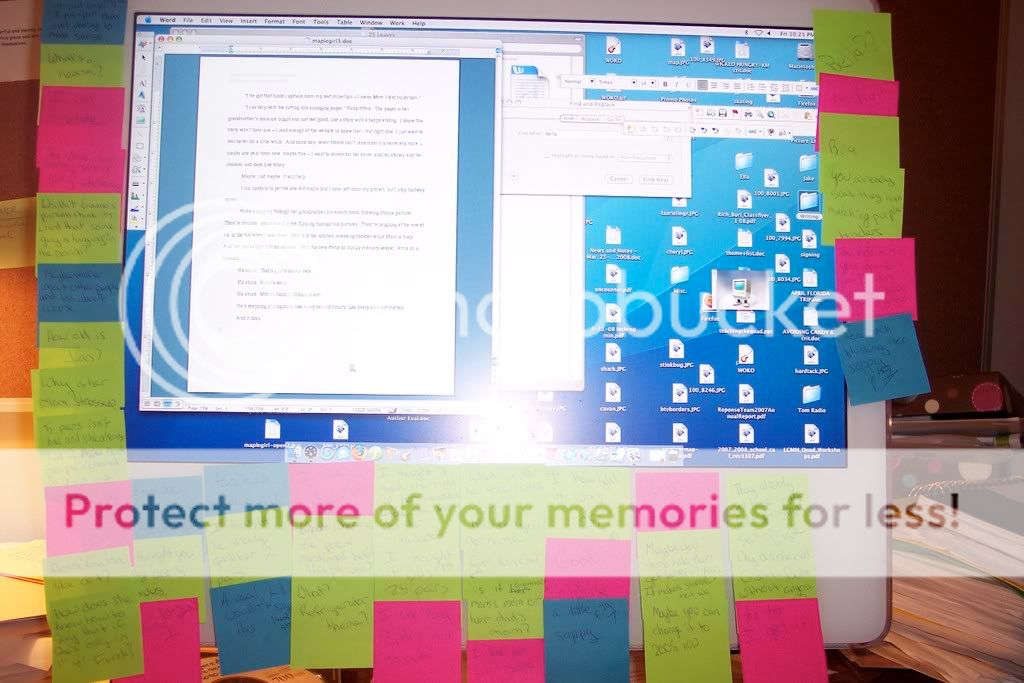

 Why Neil Diamond?
Why Neil Diamond?